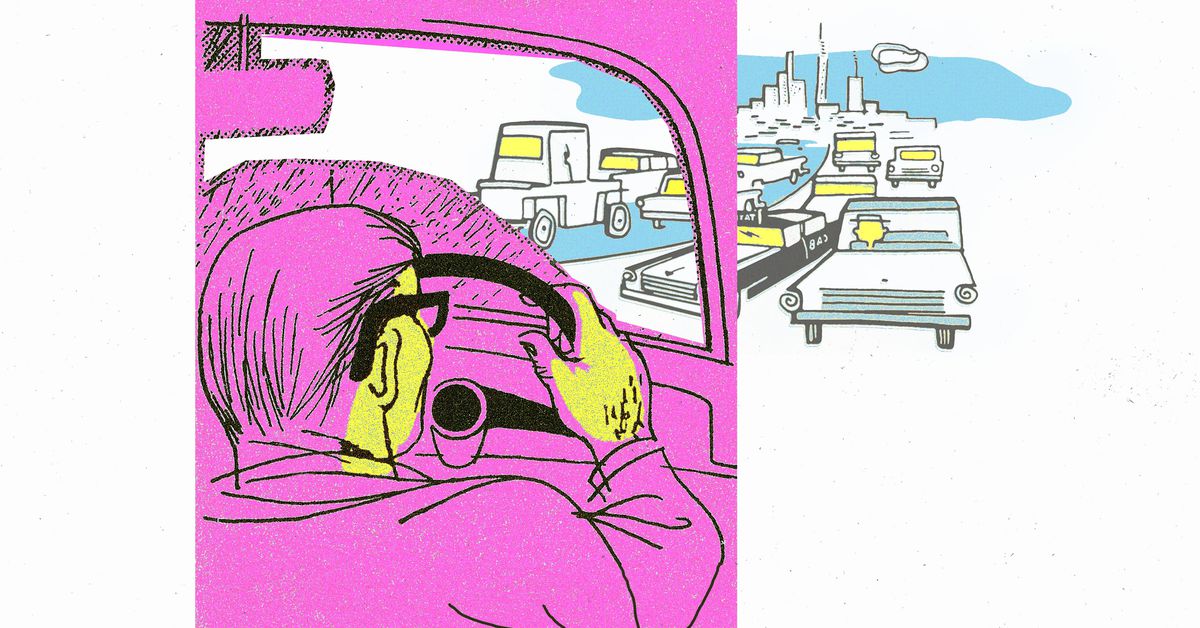The Impact of Car-Centric Urban Design on Social Connections in America
Car-centric urban planning in American cities, particularly suburbs, has led to a significant decline in social connections and community engagement. The emphasis on cars over pedestrians has created environments that are isolating and challenging for individuals to interact with others. The lack of walkability, public transportation, and proximity to essential amenities like schools and shops contributes to increased loneliness and limited opportunities for socializing.
Studies have shown that car-dependent neighborhoods hinder children's social development, limit older adults' mobility, and create barriers to forming friendships. The consequences of prioritizing cars over people include reduced physical activity, restricted access to goods and services, and increased reliance on vehicles for daily activities. Building communities around car use has resulted in detrimental effects on public health, the environment, and overall well-being.
Efforts to make urban areas more walkable and transit-friendly are crucial in fostering social connections and combating loneliness. By rethinking urban design to prioritize pedestrians over cars, Americans can create more vibrant communities where encounters with neighbors, friends, and strangers are encouraged. Ultimately, reshaping urban landscapes to be denser, more accessible by foot or public transport can lead to a more socially connected society where friendships flourish.
Customize Summary
Rewrite with AI
Generate Citations
Translate Source
To Another Language
Generate MindMap
from source content
Visit Source
www.vox.com
Too many Americans live in places built for cars — not for human connection
Key Insights Distilled From
by Muizz Akhtar at www.vox.com 08-25-2022
https://www.vox.com/features/23191527/urban-planning-friendship-houston-cars-loneliness
Deeper Inquiries
